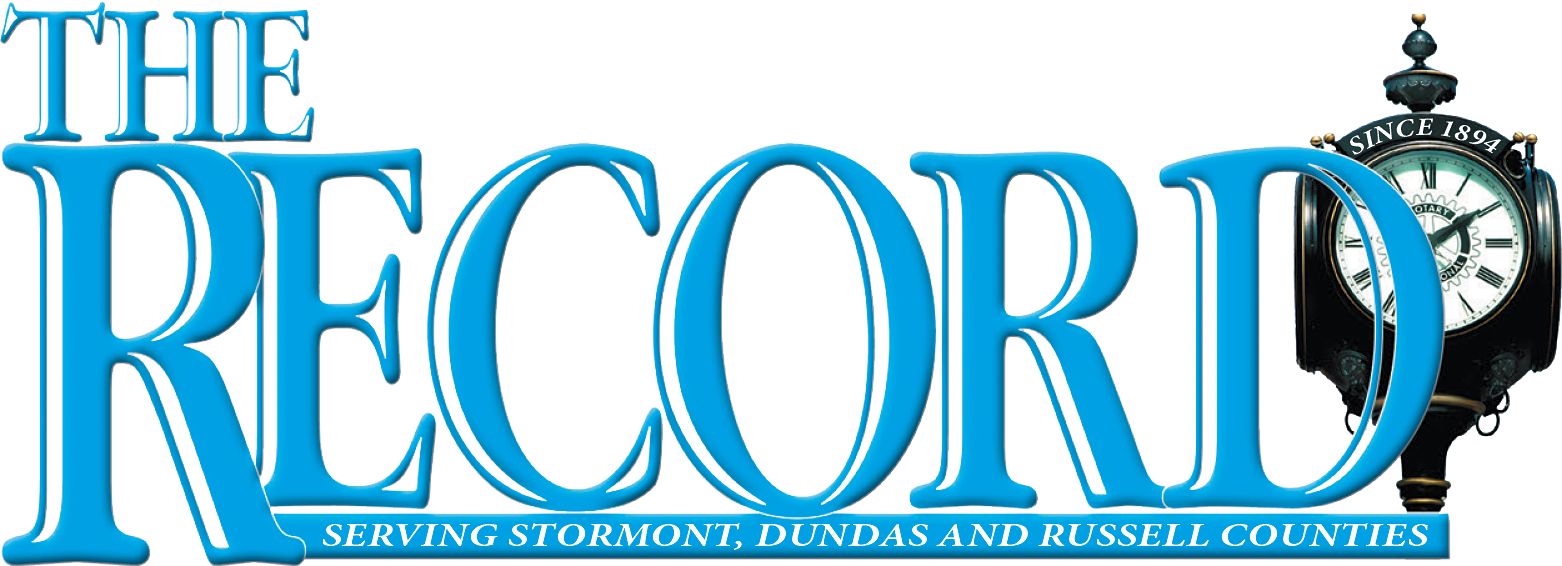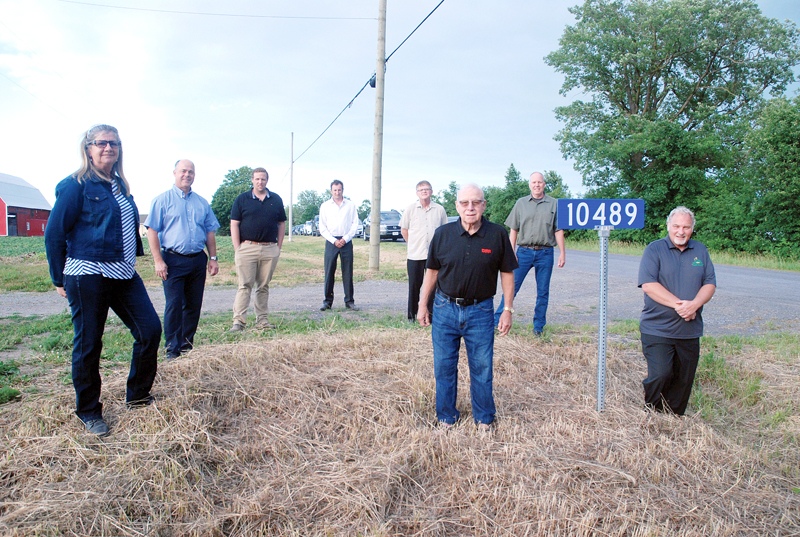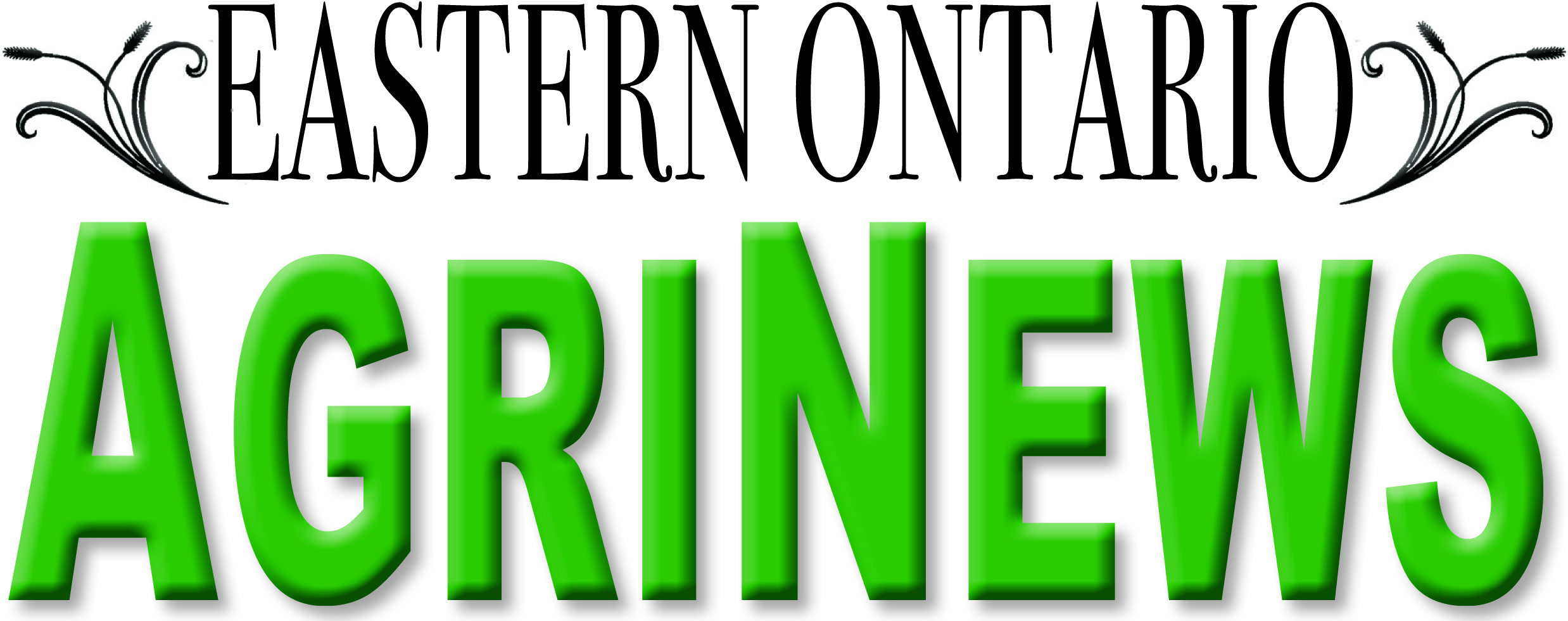Emily Project
Introducing the new Farm 911 sign in North Dundas, pictured here left to right: Jacqueline Pemberton, Zone 11 director for the Ontario Federation of Agriculture, Mayor Tony Fraser, Marty Derks, president of the Dundas Federation of Agriculture, councillor Tyler Hoy, councillor Gary Annable, councillor John Thompson and deputy mayor Al Armstrong. Standing in the centre is landowner Jim Shaw. Morin photo
NORTH DUNDAS – A farm accident can happen anytime and anywhere.
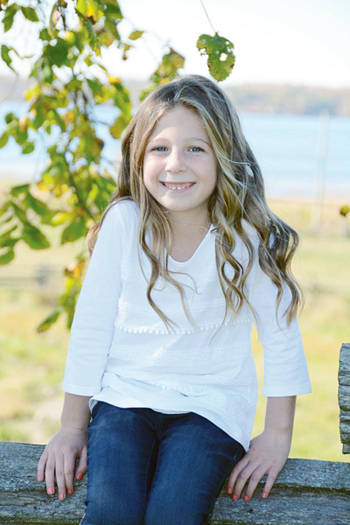
Emily Trudeau was 7 year’s old when she tragically died in a farming accident. Courtesy photo
The rural landscape can make locating an accident victim difficult.
The Farm 911 Emily Project hopes to address that issue.
Emily Trudeau, 7, died after she fell from, and was struck by a moving tractor, on her parents’ beef farm near Tweed in 2014. First responders could not immediately find the location of the field where the accident happened. Time is everything in an emergency, and a civic address at the entrance to a vacant farm field could make all the difference. The new civic address sign on Jim Shaw’s land was a great opportunity to introduce the Emily Project to the township. The field is on Shaw Road.
Marking the moment on Wed., June 24 were members of the North Dundas council who were joined by Jim Shaw, Jackie Kelly-Pemberton the OFA director for Zone 11 and Marty Dirks, the president of the Dundas Federation of Agriculture.
“The sign is up on Jim Shaw’s property in North Dundas, Jim spearheaded this project in partnership with my fellow councillor Al Armstrong,” said North Dundas Mayor Tony Fraser.
He added,” councillor Armstrong pushed this effort through at the county level. Jim Shaw showed up at the counties with another proponent of the Emily Project and spoke highly of it; council thought it was a fantastic idea that needed to be done to insure the safety of the agricultural community.”
Deputy mayor Al Armstrong said, “it is a proud moment.”
Armstrong said, as the fire commissioner, having the bigger signs was a bonus. The signs are larger than the traditional civic signs used now and eventually both civic signs and farm signs will be the same size.
Mayor Fraser said, “This will be the new size of signage that will be available, going forward as we replace the old civic address signs. These are much easier to see. This is good progress for us in North Dundas.”
“It is fantastic to see these signs up,” he said.
Landowners have to pay a fee to get a sign. Currently SD&G counties has provided $5,000 to help subsidize the signs and encourage farmers to get them. The funds will cover 50 per cent of the cost making a $75 dollar sign only $37.50. To date, 29 Farm 911 blades have been bought in North Dundas.
The township estimates they have just over 100 blades left at the subsidized rate.
A township press release stated: “The full cost per blade being $75 which includes issuing the number, creating the blade and installation. Application forms are available on our website and at our office. There is no limit per property owner to the number of blades that can be purchased at the reduced rate, as some properties may be issued multiple numbers depending on the layout of the property. The new blades were approved with a larger size, an increase from a 5” x 20” blade to a 8” x 25” blade. This new design will be used for all civic numbers in the township and not just for farm fields, to ensure consistency across North Dundas. The larger size allows for better visibility for all road users and emergency services.”
Adding the new sign to a farmer field is not a mandatory township rule.
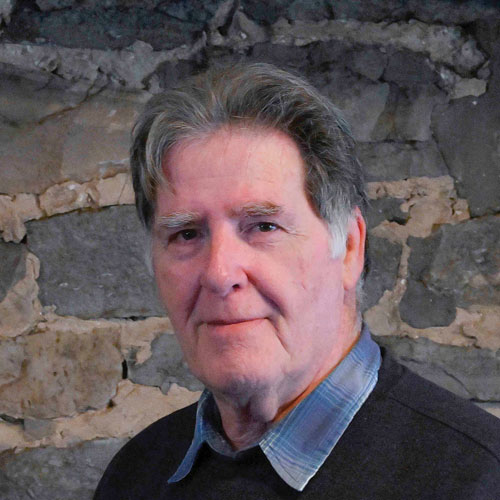
Joseph Morin is the Editor of the Eastern Ontario AgriNews, and the Record. He is, despite years of practice, determined to eventually play the guitar properly. He has served the Eastern Ontario community as a news editor, and journalist for the past 25 years with the Iroquois Chieftain, Kemptville Advance, West Carleton Review, and Ottawa Carleton Review in Manotick. He has never met a book he did not like.
